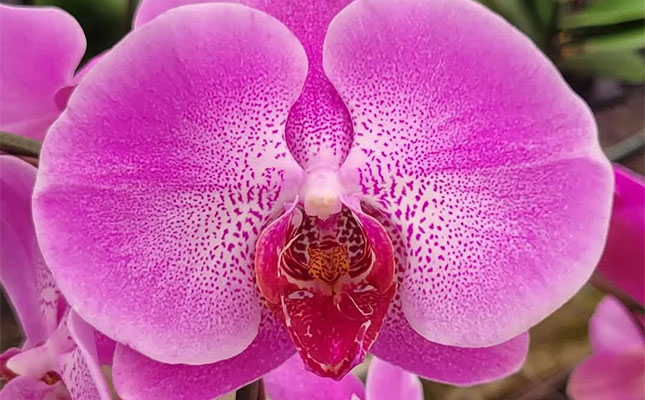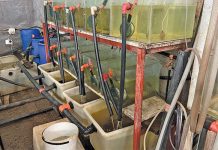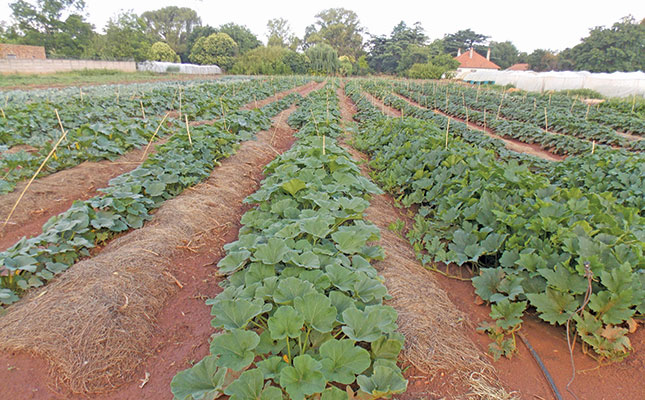
Photo: Sawasdee exotic plants, orchid and bonsai emporium
Growing potted Phalaenopsis orchids is not for the faint of heart, at least in my experience. Out of their natural environment, these showy tropical plants seem sensitive and challenging to maintain.
Despite experts recommending the Phalaenopsis for beginners, I’ve lost count of the number of gorgeous specimens I’ve managed to kill in my lifetime, even when following online advice, much of which is contradictory.
Here, Jacques Botha, general manager of Sawasdee Exotic Plants, Orchid and Bonsai Emporium in Kyalami, Gauteng, answers my questions and shares his expert advice.
Q: Is it true that the number-one killer of potted orchids is incorrect watering?
A: Yes, that’s 100% correct. The biggest mistake people make is to google what to do. They come across different opinions from all over the world that don’t apply to where they (and their orchids) live.
Q: I tried the hotly contested topic of watering using one ice cube a week, placing it on top of the potting material. The slow release of moisture supposedly prevents overwatering. But many horticulturists disagree, and I killed one of my orchids in this way. What’s your opinion?
A: I don’t recommend using ice cubes. Rather drench the pot and allow it to dry out to 80% before drenching it again. I have a couple of clients, however, who’ve had great success watering with ice cubes.
Q: How can you tell if
an orchid needs water?
A: There are many ways to tell. For example, when the soil in the pot is still wet, the pot will be heavier than when it’s dry. You can put a finger into the potting mix to check for dampness. Alternatively, use a wooden skewer; push it into the pot and leave it there for five to 10 minutes. When you pull it out, you’ll be able to see what percentage of the soil is still wet or dry.
Q: Is the type of potting material used also an important consideration?
A: Commercial growers use moss as it retains moisture longer, so you don’t have to water as often as you would have to with bark.
Apply the same approach to moss – allow it to dry out to 80%. This can sometimes take up to six weeks. Orchids grown in bark will dry out faster and need to be watered more often. The golden rule is to water when your orchid needs water. Never water on routine!
Q: What are the ideal light and humidity conditions for potted Phalaenopsis? Do they need to be sprayed with water to recreate a tropical environment?
A: They prefer bright, indirect light, and humidity of between 60% and 70%. You can spray them with a light mist, but I recommend building a humidity tray by placing stones in a serving tray and filling it with water. Put the pot on top, and as the temperature increases, the water evaporates, creating humidity around your orchid.
Q: What should you do after an orchid has finished blooming?
A: Cut the flower spikes down to the first node. The sooner an orchid rests, the sooner it will produce a new flower spike.
Q: And how do you encourage it to rebloom?
A: Never allow it to be in an environment that exceeds 30°C or drops below 12°C. In other words, if you keep it warm in winter and cool in summer, it’ll flower.
Q: When should you repot, and how often?
A: Repot every two years during the warmer growing months, after flowering.
Visit sawasdee.co.za.












